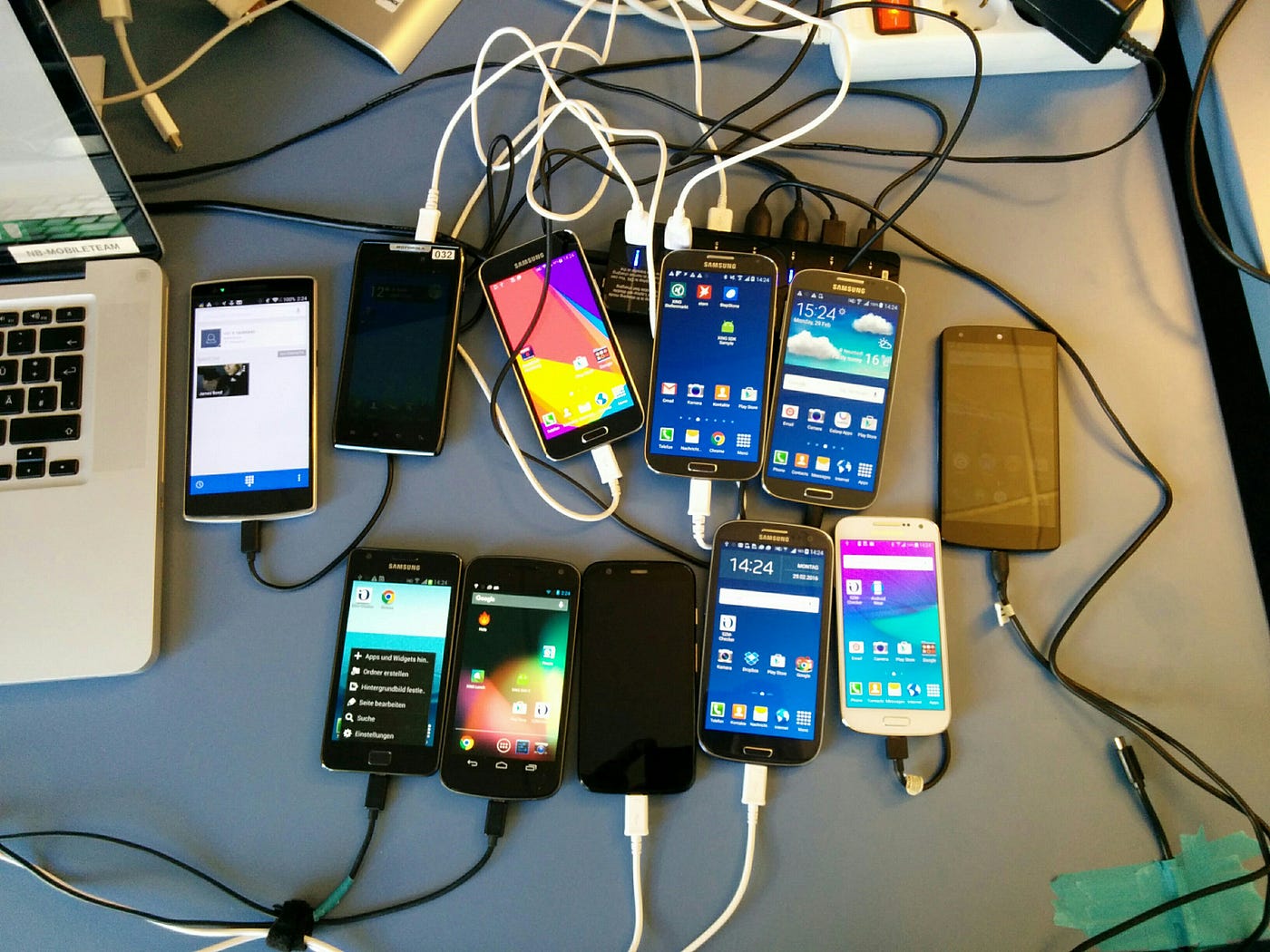
Introduction to Android Device Testing
Android device testing plays a vital role in the development cycle of any Android application. Verifying that your app works as expected on different devices with varying hardware specifications and software versions ensures compatibility with a wide range of devices, providing a better user experience.
Necessary Tools and Compatibility
Before diving into the testing process, understanding the necessary tools and compatibility requirements for your app is essential.
Operating System
- Devices must run on Android 5.0 (Lollipop) or higher to support the latest features.
RAM
- At least 2GB of RAM is required for smooth performance.
- For more complex tasks or larger apps, 4GB or more of RAM is recommended.
Storage
- Ensure at least 100MB of free storage space for the app and its updates.
- For larger apps or those requiring additional resources, 500MB or more of free storage is necessary.
Processor
- A quad-core processor or better is recommended for handling complex tasks without lag.
Screen Resolution
- The app works best on devices with a minimum resolution of 720×1280 pixels.
Internet Connection
- A stable Wi-Fi or 4G connection is required for real-time updates and data syncing.
GPS
- For location-based features, devices must have built-in GPS.
Bluetooth
- If the app uses Bluetooth for connectivity, ensure devices support Bluetooth 4.0 or higher.
Permissions
- Grant necessary permissions like location, storage, and camera access for full functionality.
Maximizing App Efficiency
To ensure your app runs efficiently, follow these best practices:
Plan Your App Layout
- Sketch screens and user flows to visualize how different components will interact.
Use ConstraintLayout
- Use ConstraintLayout for flexible designs that can adapt to different screen sizes.
Break Code into Small Functions
- Break code into small functions to make it easier to debug.
Troubleshooting Tips
Troubleshooting is an essential part of the testing process. Here are some common issues and their solutions:
App Crashes on Launch
- Check for missing permissions in the manifest file.
Slow Performance
- Optimize images and other resources by using compressed formats and reducing resolution where possible.
Layout Issues
- Use ConstraintLayout for better control over UI elements and test on multiple screen sizes.
API Errors
- Verify endpoint URLs and parameters to ensure they are correct.
Build Errors
- Clean the project and rebuild it. Check for dependency conflicts in the build.gradle file.
UI Not Updating
- Use LiveData or ViewModel to manage data. Ensure observers are set up correctly.
App Not Installing
- Check device storage and compatibility. Ensure the minimum SDK version matches the device.
Debugging Problems
- Use Logcat to track errors and set breakpoints to step through code.
Network Issues
- Ensure proper permissions for internet access and use Retrofit or Volley for efficient network calls.
Battery Drain
- Optimize background tasks using WorkManager for scheduled tasks and reduce unnecessary operations.
Protecting User Data
When using features that handle user data, protecting this information with care is crucial.
Encryption
- Always encrypt sensitive information like passwords and payment details.
Minimal Data Storage
- Store minimal personal data to reduce risk.
Two-Factor Authentication
- Implement two-factor authentication for added security.
Regular Updates
- Regularly update your app to patch vulnerabilities.
Educating Users
- Educate users on creating strong passwords and recognizing phishing attempts.
Limiting Permissions
- Limit permissions requested by the app to only what’s necessary.
Anonymization Techniques
- Use anonymization techniques to protect user identities in data analytics.
Clear Privacy Policy
- Always have a clear privacy policy that explains data usage transparently.
Effective Usage Tips
Here are some effective usage tips for Android Studio and Eclipse:
Android Studio
- Use Shortcuts: Learn keyboard shortcuts to speed up coding.
- Debugging: Utilize the debugger to find and fix bugs quickly.
- Emulator: Use the built-in emulator to test apps on different devices.
- Gradle: Master Gradle for managing dependencies and building projects.
- Lint: Run Lint checks to catch potential issues early.
Eclipse
- Plugins: Install plugins to extend functionality.
- Workspaces: Organize projects into workspaces.
- Refactoring: Use refactoring tools to improve code structure.
- Version Control: Integrate with Git or SVN for version control.
- Code Templates: Create code templates for repetitive tasks.
